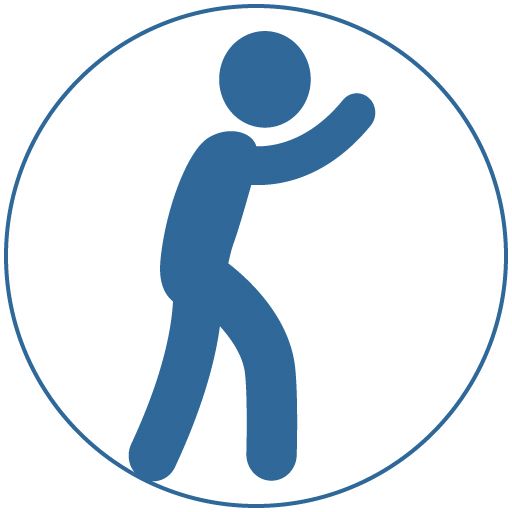What is Feature Mining? Who is it for?
When you’ve got a big idea to work on, whether that’s a new product, a new feature in an existing one, or some other project or initiative, it’s hard to know where to start. The obvious place to start is not always the best place to start. We often go for quick wins, giving a sense of progress and an illusion of predictability for how the rest of the effort will go. This leaves the more complex, valuable parts of the work towards the end, and as we finally hit that complexity…surprise, everything goes off track.
If you plan and prioritize work, Feature Mining is a facilitation tool to help you find the first feature or experiment that will provide early value, learning, and risk-mitigation.
How to Facilitate a Feature Mining Session
Step 1: Get the right people in the virtual room.
Assemble a cross-functional group with people who understand both the problem and solution sides of the big idea you're hoping to slice. In software development, for example, this will include product management and business stakeholders on the problem side and developers and other technical experts on the solution side.
Schedule a 60-90 minute video call and add this template to a Miro board.
Step 2: Name the thing you want to slice
The conversation will be more focused if everyone knows what you're trying to slice. Your big idea, project, or initiative may already have a name. Or you may need to make up a provisional name to focus the conversation. Capture that name at the top of the Feature Mining board where it says “The Big Idea.”
Step 3: Brainstorm the lists
The bulk of a Feature Mining session is brainstorming four lists that help a group identify a good first slice.
Impact - What impact are we hoping this big idea will produce? When we’ve succeeded, what outcomes will be created for us, for our customers, etc.?
Bigness - What makes this a lot of effort? What is there many of? What is there much of? What things are always time-consuming that are part of this?
Risk - What could go wrong that would cause us to fail to achieve the desired impact? (Capture this as a description of the thing going wrong, not just a category. For example, “We build it and no one uses it” vs “Adoption.”)
Uncertainty - What questions do we need to answer to be successful? (Capture these as actual questions that could be answered.)
This is brainstorming, so capture the ideas without debating how important they are or even whether they exist. Focus on getting what’s in the group’s heads onto the board.
Step 4: Filter the lists
Use dot voting to identify the most important item in each list. We like to use 3 votes per participant per list (12 votes per person total). You’ll want the votes to remain visible, so use the pen tool at a medium size to drop dots.
Impact - If we could only guarantee we achieve one of these, which is the most important one to guarantee?
Bigness - Which item most contributes to how big this effort will be?
Risk - Which risk is scariest, most important for us to mitigate?
Uncertainty - Which question is most critical to answer if we’re going to succeed?
Once the votes are in, discuss the results. If there’s a tie or near tie, the item with the most votes might not actually be the winner. Agree on a winner in each list. For impact, risk, and uncertainty, change the color of the winning sticky to blue. For bigness, change the color of the willing sticky to red. (These colors will matter in the next step.)
Step 5: Brainstorm possible ways to slice
Using the winners from the previous step, start brainstorming possible ways to slice like this:
“How might we begin to get <winner from the impact list> without having to take on all of <winner from the bigness list>? What if we just…?”
Capture the answer on the green stickies in the “What if we just…?” list.
Repeat the same pattern with risk and uncertainty.
“How might we begin to mitigate <winner from the risk list> without having to take on all of <winner from the bigness list>? What if we just…?”
“How might we begin to learn <winner from the unertainty list> without having to take on all of <winner from the bigness list>? What if we just…?”
Step 6: Identify a small feature or experiment
Using the ideas from Step 5, look for a small feature or other experiment and give it a name. Ideally, this will provide some impact, some risk-mitigation, and some learning, while avoiding the item that most contributes to bigness. This is how you get a small but meaningful slice to start with.
Step 6 is more art than science. But all the conversations from the previous steps make this easier than in may seem when you just read about it. By this point in the meeting, there is usually an emerging consensus around the best way to proceed.




